Posts
 https://irandoostan.com/dostcont/uploads/2017/12/yalda.jpg
266
712
Travel to Iran
https://irandoostan.com/dostcont/uploads/2025/05/Irandoostan-logo.webp
Travel to Iran2017-12-20 11:20:462025-04-13 15:01:38Yalda Night, Iranian celebration of the longest night of the year
https://irandoostan.com/dostcont/uploads/2017/12/yalda.jpg
266
712
Travel to Iran
https://irandoostan.com/dostcont/uploads/2025/05/Irandoostan-logo.webp
Travel to Iran2017-12-20 11:20:462025-04-13 15:01:38Yalda Night, Iranian celebration of the longest night of the year https://irandoostan.com/dostcont/uploads/2017/12/Travel-to-Iran-tours-to-Iran-trekking-2-e1516538657813.jpg
450
600
Farima Fehrest
https://irandoostan.com/dostcont/uploads/2025/05/Irandoostan-logo.webp
Farima Fehrest2017-12-17 09:33:022025-06-02 10:55:52Trekking in Iran: The Best Trails & routes
https://irandoostan.com/dostcont/uploads/2017/12/Travel-to-Iran-tours-to-Iran-trekking-2-e1516538657813.jpg
450
600
Farima Fehrest
https://irandoostan.com/dostcont/uploads/2025/05/Irandoostan-logo.webp
Farima Fehrest2017-12-17 09:33:022025-06-02 10:55:52Trekking in Iran: The Best Trails & routes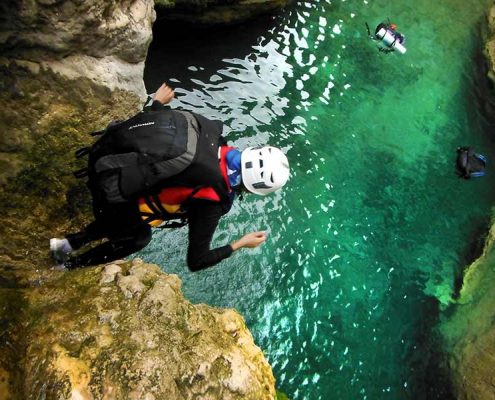 https://irandoostan.com/dostcont/uploads/2017/12/travel-to-Iran-tours-to-IranRaghez-canyon-2-e1516538602762.jpg
450
600
Farima Fehrest
https://irandoostan.com/dostcont/uploads/2025/05/Irandoostan-logo.webp
Farima Fehrest2017-12-04 16:23:532025-04-13 15:02:10Canyoning in Iran: Best Canyons with Photos
https://irandoostan.com/dostcont/uploads/2017/12/travel-to-Iran-tours-to-IranRaghez-canyon-2-e1516538602762.jpg
450
600
Farima Fehrest
https://irandoostan.com/dostcont/uploads/2025/05/Irandoostan-logo.webp
Farima Fehrest2017-12-04 16:23:532025-04-13 15:02:10Canyoning in Iran: Best Canyons with Photos https://irandoostan.com/dostcont/uploads/2017/11/Asiatic-Cheetah-Mohammad-Gaeini-2.jpg
960
1280
Iran Travel
https://irandoostan.com/dostcont/uploads/2025/05/Irandoostan-logo.webp
Iran Travel2017-11-25 16:04:062023-09-12 10:38:24Asiatic Cheetah (Iranian Cheetah): the rare species of Iran wildlife
https://irandoostan.com/dostcont/uploads/2017/11/Asiatic-Cheetah-Mohammad-Gaeini-2.jpg
960
1280
Iran Travel
https://irandoostan.com/dostcont/uploads/2025/05/Irandoostan-logo.webp
Iran Travel2017-11-25 16:04:062023-09-12 10:38:24Asiatic Cheetah (Iranian Cheetah): the rare species of Iran wildlife
Top 6 Iranian food: So Tasty But Not Too Spicy
Iran, as a large country embracing different ethnicity with different…
 https://irandoostan.com/dostcont/uploads/2017/10/Nightlife-in-Tehran-3-1.jpg
660
990
Iran Travel
https://irandoostan.com/dostcont/uploads/2025/05/Irandoostan-logo.webp
Iran Travel2017-10-29 15:37:112025-04-13 15:02:47Iran Nightlife: Explore the Iran at Night
https://irandoostan.com/dostcont/uploads/2017/10/Nightlife-in-Tehran-3-1.jpg
660
990
Iran Travel
https://irandoostan.com/dostcont/uploads/2025/05/Irandoostan-logo.webp
Iran Travel2017-10-29 15:37:112025-04-13 15:02:47Iran Nightlife: Explore the Iran at Night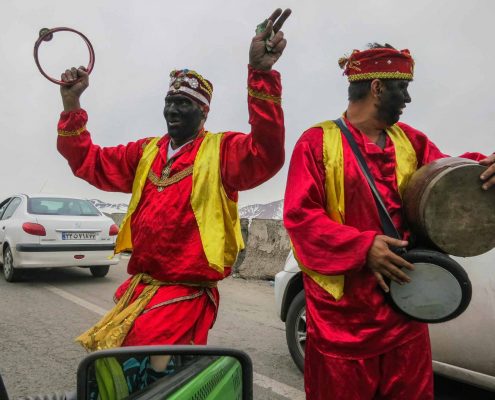
Iranian festivals and ceremonies as tourist attractions
Festivals, rituals, events, and traditions are among the variety…
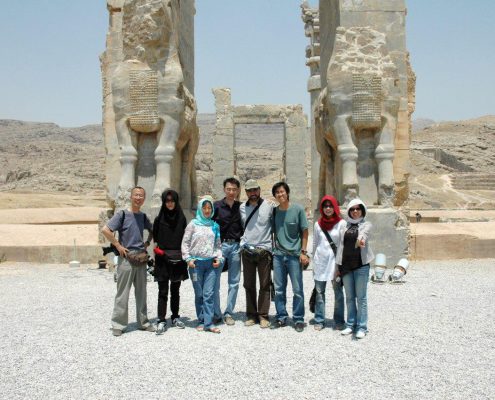 https://irandoostan.com/dostcont/uploads/2017/09/Chinna-4-e1526976952747.jpg
200
300
Iran Travel
https://irandoostan.com/dostcont/uploads/2025/05/Irandoostan-logo.webp
Iran Travel2017-09-23 09:37:132020-06-10 15:44:29East Asia Tourism Market: Opportunity for Iran
https://irandoostan.com/dostcont/uploads/2017/09/Chinna-4-e1526976952747.jpg
200
300
Iran Travel
https://irandoostan.com/dostcont/uploads/2025/05/Irandoostan-logo.webp
Iran Travel2017-09-23 09:37:132020-06-10 15:44:29East Asia Tourism Market: Opportunity for Iran https://irandoostan.com/dostcont/uploads/2017/09/Kalpuregan-Pottery-e1516536468905.jpg
400
400
Iran Travel
https://irandoostan.com/dostcont/uploads/2025/05/Irandoostan-logo.webp
Iran Travel2017-09-17 15:36:372020-06-10 15:43:39Kalpuregan Village on UNESCO World Heritage List
https://irandoostan.com/dostcont/uploads/2017/09/Kalpuregan-Pottery-e1516536468905.jpg
400
400
Iran Travel
https://irandoostan.com/dostcont/uploads/2025/05/Irandoostan-logo.webp
Iran Travel2017-09-17 15:36:372020-06-10 15:43:39Kalpuregan Village on UNESCO World Heritage List https://irandoostan.com/dostcont/uploads/2017/08/Iran-Visa-for-the-Americans-e1527056948587.jpg
113
200
Iran Travel
https://irandoostan.com/dostcont/uploads/2025/05/Irandoostan-logo.webp
Iran Travel2017-08-19 09:36:282025-02-18 16:21:57No restriction for Americans to Travel to Iran
https://irandoostan.com/dostcont/uploads/2017/08/Iran-Visa-for-the-Americans-e1527056948587.jpg
113
200
Iran Travel
https://irandoostan.com/dostcont/uploads/2025/05/Irandoostan-logo.webp
Iran Travel2017-08-19 09:36:282025-02-18 16:21:57No restriction for Americans to Travel to Iran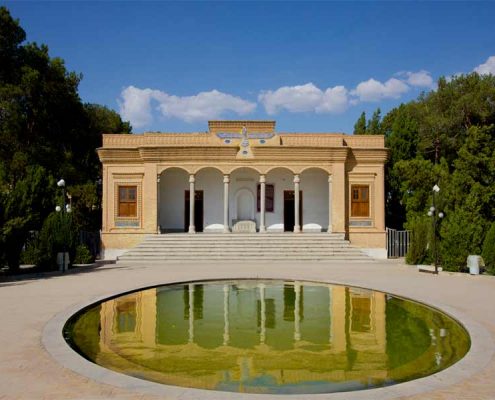
Zoroastrian Fire Temples in Iran: All You Need to Know
The fire temple or Atashkadeh is a place of worship for Zoroastrians.…

Qalamzani (Ghalamzani), Iranian Ancient Metalwork Art
Qalamzani (also Ghalamzani) is an Iranian ancient metalwork art.…
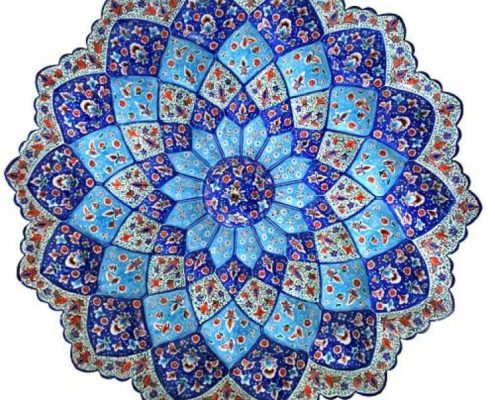
Minakari or Enameling, the glorious Iranian Art
Minakari or Enameling is one of the most glorious Iranian handicrafts.…
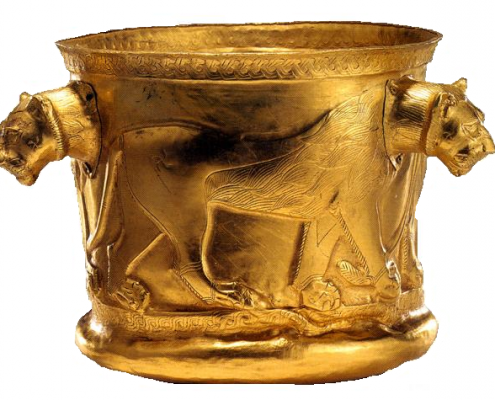 https://irandoostan.com/dostcont/uploads/2017/07/Iranian-Metalwork-Marlik.png
475
640
Iran Travel
https://irandoostan.com/dostcont/uploads/2025/05/Irandoostan-logo.webp
Iran Travel2017-07-30 11:00:402025-04-13 15:04:23Iranian Metalwork Is Splendid Souvenir for Travelers to Iran
https://irandoostan.com/dostcont/uploads/2017/07/Iranian-Metalwork-Marlik.png
475
640
Iran Travel
https://irandoostan.com/dostcont/uploads/2025/05/Irandoostan-logo.webp
Iran Travel2017-07-30 11:00:402025-04-13 15:04:23Iranian Metalwork Is Splendid Souvenir for Travelers to Iran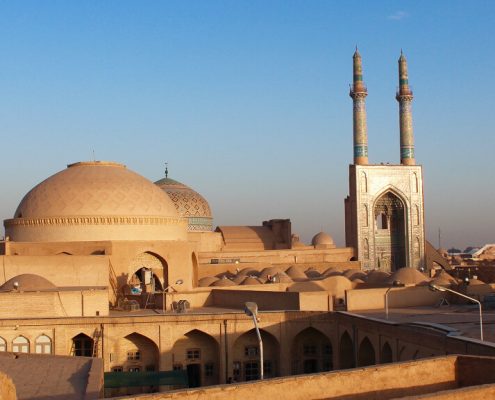 https://irandoostan.com/dostcont/uploads/2017/07/Yazd-Iran-Travel-4.jpg
576
1400
Farima Fehrest
https://irandoostan.com/dostcont/uploads/2025/05/Irandoostan-logo.webp
Farima Fehrest2017-07-26 09:13:522025-04-13 15:04:30Yazd, the City of Wind Catchers: History, Attractions, Photos
https://irandoostan.com/dostcont/uploads/2017/07/Yazd-Iran-Travel-4.jpg
576
1400
Farima Fehrest
https://irandoostan.com/dostcont/uploads/2025/05/Irandoostan-logo.webp
Farima Fehrest2017-07-26 09:13:522025-04-13 15:04:30Yazd, the City of Wind Catchers: History, Attractions, Photos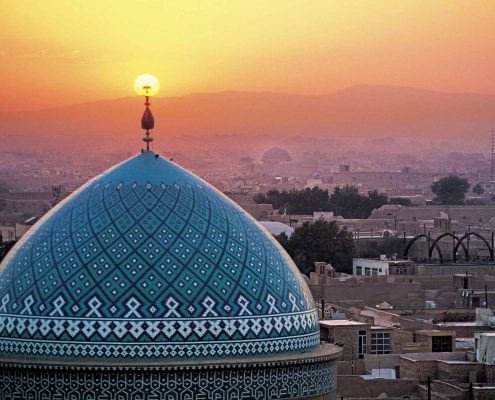 https://irandoostan.com/dostcont/uploads/2017/07/Yazd-Iran-e1517034685942.jpg
375
600
Farima Fehrest
https://irandoostan.com/dostcont/uploads/2025/05/Irandoostan-logo.webp
Farima Fehrest2017-07-09 16:18:232024-01-07 09:39:15Yazd Inscribed on UNESCO World Heritage List
https://irandoostan.com/dostcont/uploads/2017/07/Yazd-Iran-e1517034685942.jpg
375
600
Farima Fehrest
https://irandoostan.com/dostcont/uploads/2025/05/Irandoostan-logo.webp
Farima Fehrest2017-07-09 16:18:232024-01-07 09:39:15Yazd Inscribed on UNESCO World Heritage List
Shazdeh Garden, Iran (Photos, Water source, Info)
Shazdeh Garden, this green oasis, lies deep in the heart of the…

Persian Carpet History & Types: All You Need To Know
Iran has a universal reputation in carpet weaving. Persian carpet…


